Last updated on February 1, 2023
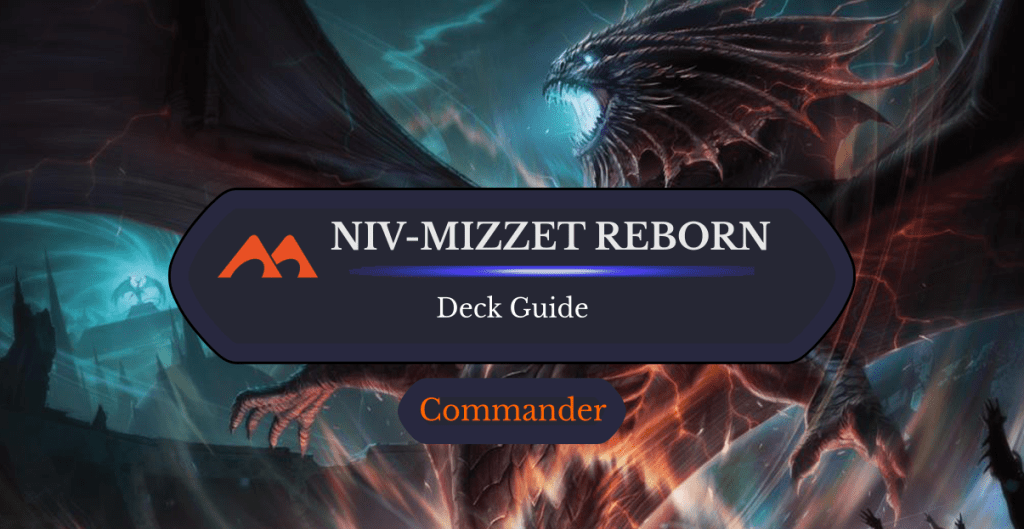
Niv-Mizzet Reborn | Illustration by Raymond Swanland
I like Niv-Mizzet a lot as a character. He isn’t just a big strong dragon, but one of the smartest living creatures on his plane of Ravnica (and he knows it too). All the cards that represent Niv-Mizzet in the game are a good time, with one downside. Three of the four cards are incredibly similar. It’s a bit disappointing for a creative genius of a dragon to be so stagnant in terms of gameplay, but Niv-Mizzet Reborn is a totally new take on the character.
Instead of the typical Izzet () coloring, Niv-Mizzet Reborn is a five-color creature with an effect that cares about color pairs. As the new embodiment of the pact between Ravnica’s 10 guilds, each representing an individual color pairing, Niv-Mizzet’s new effect is a huge flavor win for the card. The trick to building a deck around Niv-Mizzet Reborn is deciding how to benefit from its potentially powerful triggered ability when it enters the battlefield.
There are so many two-colored cards, and all of them are at your disposal in a five-color deck. It can be tricky to decide a specific direction to take Niv-Mizzet Reborn, but I’ve settled on a type of deck that I’ve been meaning to try and that Niv-Mizzet can complement well: god tribal.
The Deck
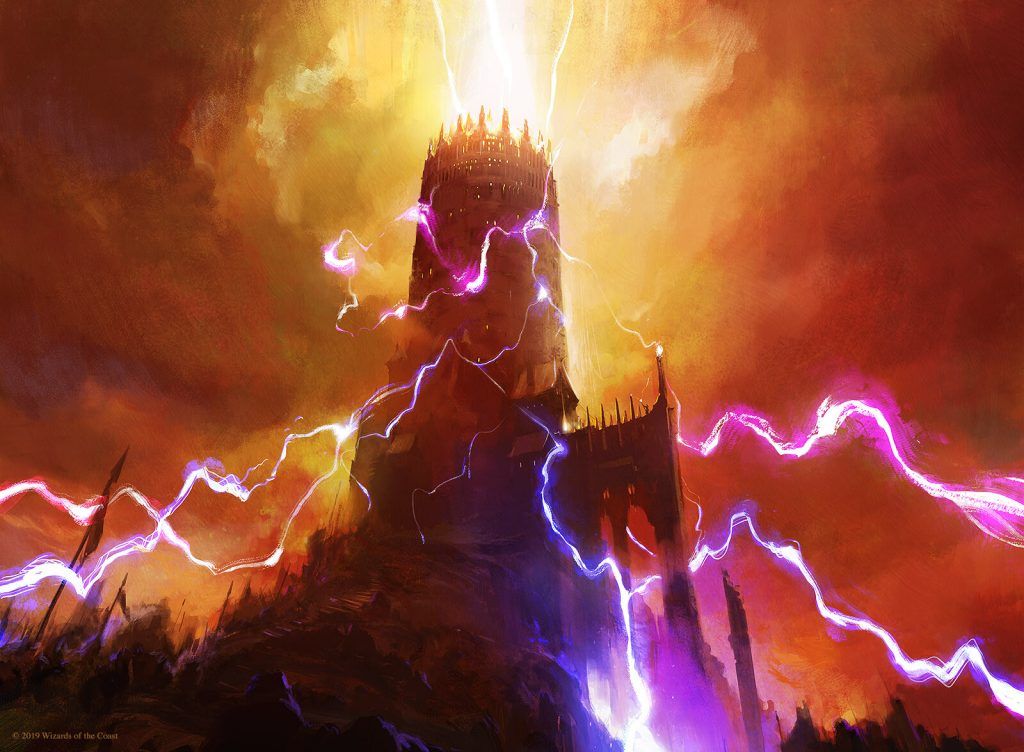
Command Tower | Illustration by Evan Shipard
Commander (1)
Planeswalker (1)
Creatures (31)
Esika, God of the Tree
Xenagos, God of Revels
Mogis, God of Slaughter
Athreos, God of Passage
Iroas, God of Victory
Phenax, God of Deception
Karametra, God of Harvests
Kruphix, God of Horizons
Ephara, God of the Polis
Erebos, God of the Dead
Keranos, God of Storms
Klothys, God of Destiny
Pharika, God of Affliction
Heliod, Sun-Crowned
Nylea, Keen-Eyed
Heliod, God of the Sun
Purphoros, God of the Forge
The Locust God
Thassa, Deep-Dwelling
Faeburrow Elder
The Scarab God
The Scorpion God
General Ferrous Rokiric
Dryad of the Ilysian Grove
Satyr Enchanter
Sisay, Weatherlight Captain
Setessan Champion
Bloom Tender
Morophon, the Boundless
Athreos, Shroud-Veiled
Purphoros, Bronze-Blooded
Instants (7)
Assassin's Trophy
Anguished Unmaking
Despark
Cyclonic Rift
Deathsprout
Counterflux
Teferi's Protection
Sorceries (10)
Supreme Verdict
Idyllic Tutor
Wrath of God
Time Wipe
Kaya's Wrath
Urza's Ruinous Blast
Decimate
Skyshroud Claim
Farseek
Nature's Lore
Enchantments (7)
Smothering Tithe
Enchantress's Presence
Rhystic Study
Starfield of Nyx
Privileged Position
Sterling Grove
Prismatic Omen
Artifacts (7)
Altar of the Pantheon
Fist of Suns
Dragon Arch
Arcane Signet
Chromatic Lantern
Chromatic Orrery
Tome of the Guildpact
Lands (36)
The World Tree
Tyrite Sanctum
Hall of Heliod's Generosity
Command Tower
Exotic Orchard
Hallowed Fountain
Watery Grave
Temple Garden
Steam Vents
Breeding Pool
Stomping Ground
Sacred Foundry
Godless Shrine
Overgrown Tomb
Blood Crypt
Ketria Triome
Indatha Triome
Zagoth Triome
Mana Confluence
Rejuvenating Springs
Bountiful Promenade
Vault of Champions
Training Center
Sea of Clouds
Undergrowth Stadium
Forest x4
Arid Mesa
Verdant Catacombs
Wooded Foothills
Marsh Flats
Plains x3
This deck includes the original ten Theros block 2-colored gods (one for each pairing), the two-colored gods from future visits to that plane, and the gods from Amonkhet. Having so many powerful cards with two-color pairings gives you a good way to benefit from Niv-Mizzet Reborn’s ability. There are also plenty of powerful instants, sorceries, and enchantments that you can easily find with this ability. Nearly half of the non-land cards are cards of a two-color pairing, meaning that you have a very good chance of making the most out of your commander.
Apart from two-colored cards, you also have other powerful gods: Thassa, Deep-Dwelling synergizes very well with Niv-Mizzet Reborn, for example. You also have cards to support god creatures like Tyrite Sanctum or The World Tree.
Since most gods in this deck are enchantment creatures, you’ll also find a lot of support for enchantments in general. Cards like Enchantress's Presence are a great way to benefit from casting your god creatures, and Sterling Grove will make it incredibly difficult to remove your indestructible gods.
The Commander
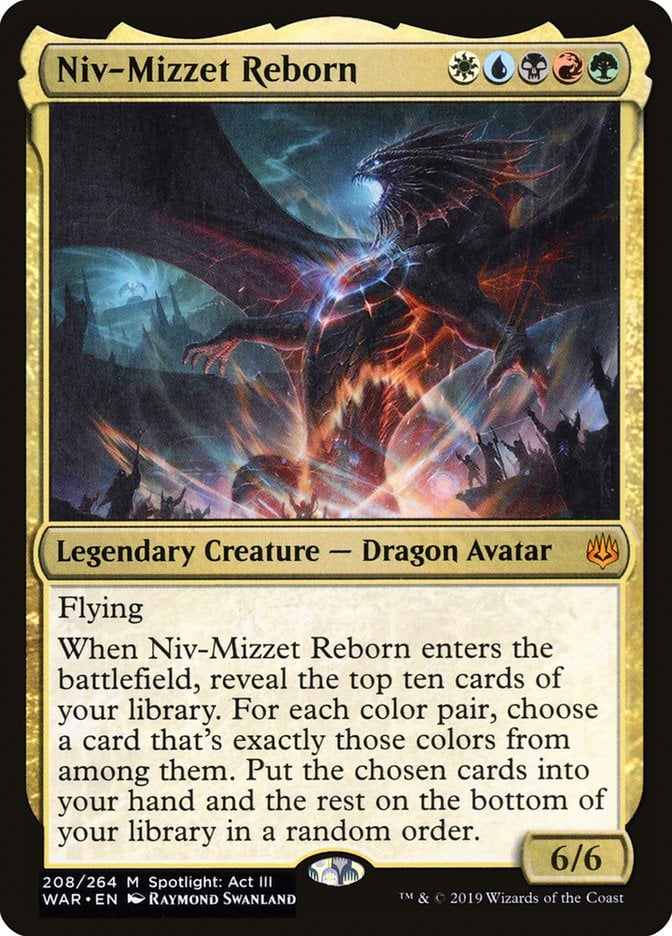
Niv-Mizzet Reborn synergizes well with this deck, but the only downside is that it’s a bit of a one-trick pony. Though its ETB effect will give you a good boost, it’s only a 6/6 flier with no other effects once it’s on the field. Luckily, there are cards to help you make the most out of Niv-Mizzet Reborn’s effect.
It isn’t terrible for a deck to not rely on its commander being always on the board. The commander is more of a bonus than the theme, so it’s okay if Niv-Mizzet Reborn gets countered or quickly dealt with. Your deck will still provide good answers and powerful cards without needing to afford Niv-Mizzet Reborn’s commander tax.
A Pantheon or Two of Gods
God cards offer a wide variety of different abilities, so you aren’t sacrificing deck diversity by including a lot of this one creature type.
For example, Karametra, God of Harvests and Kruphix, God of Horizons both provide good sources of mana ramp for your deck.
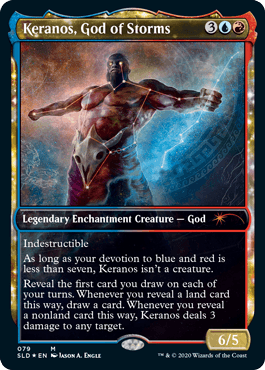

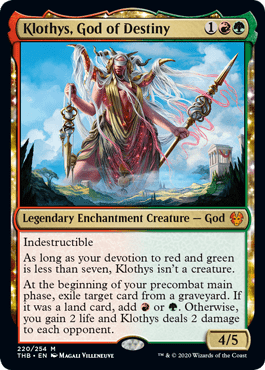
Keranos, God of Storms and Mogis, God of Slaughter can do some direct damage to your opponents. Klothys, God of Destiny can also do direct damage or provide mana ramp depending on how you choose to use its ability.
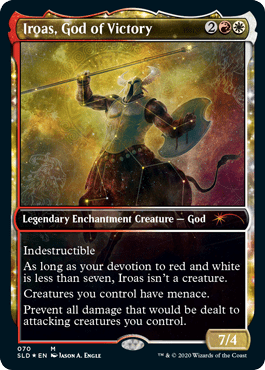
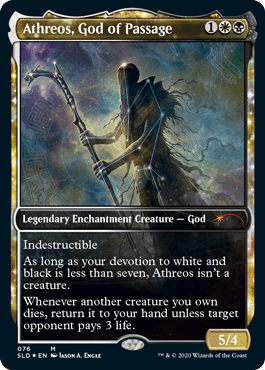
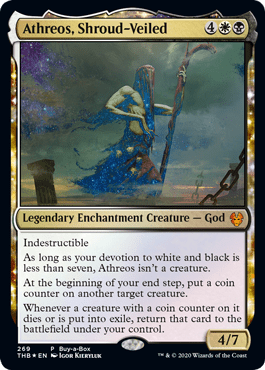
Iroas, God of Victory helps you to protect your attacking creatures that don’t already have indestructible. Athreos, God of Passage and Athreos, Shroud-Veiled give you ways to get your creatures back if they are destroyed or exiled.
The Locust God and Pharika, God of Affliction can create token creatures, which can be helpful blockers while you wait for your enchantment gods to become creatures.
Managing High Mana Costs
Five-color decks can be demanding in terms of mana, and this deck has a decent number of high mana cost creatures. Finding ways around paying the full cost for them can be helpful.

Fist of Suns allows you to pay one mana of each color instead of a card’s mana cost. Since you’re running five colors already, this card will essentially reduce any card’s mana cost to five once you have access to all your colors.
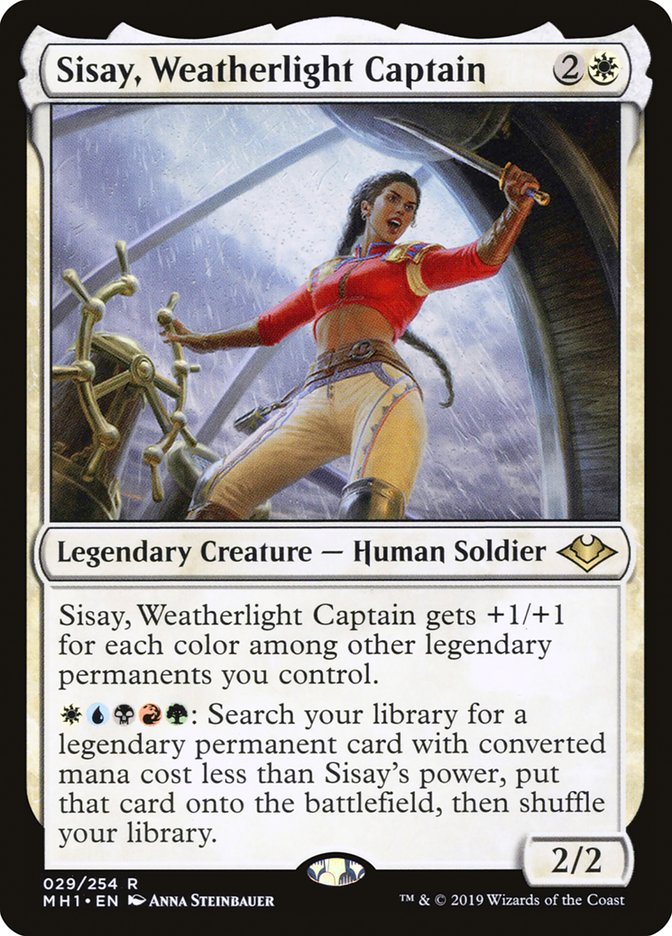
Similarly, Sisay, Weatherlight Captain allows you to search for cards at the same cost and to put them onto the battlefield if it’s strong enough.
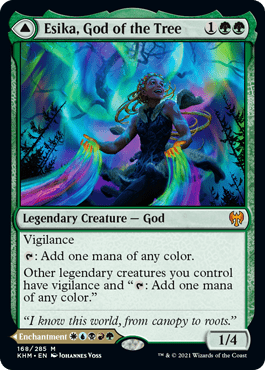

Esika, God of the Tree’s reverse side, The Prismatic Bridge, allows you to put a creature or planeswalker onto the battlefield for free at the beginning of each turn. This is very powerful because a lot of your creatures also have a ton of utility aside from being bodies.
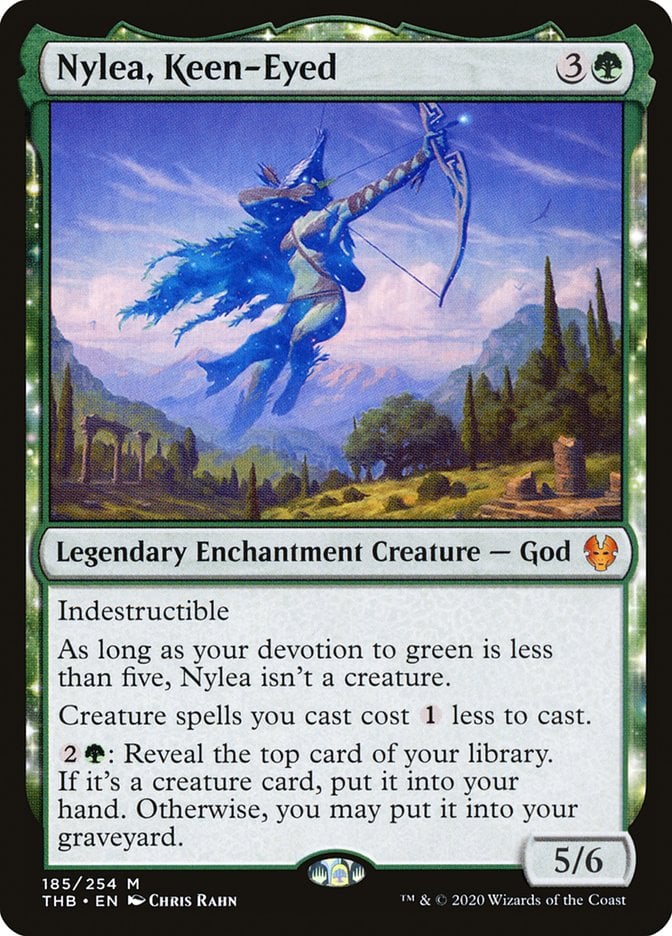
Nylea, Keen-Eyed can give a slight edge by reducing all creature spell costs by .
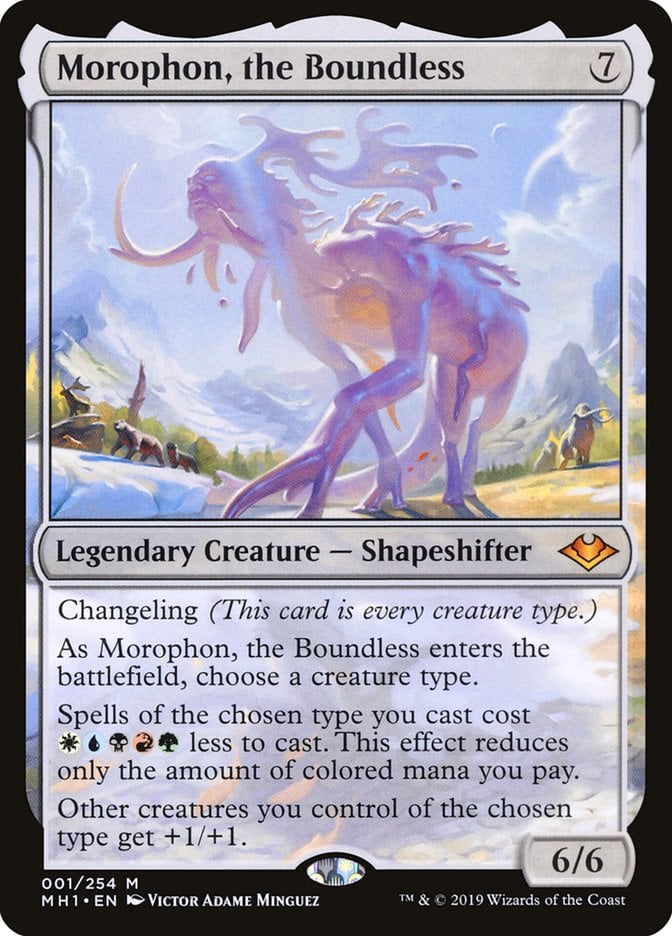
Morophon, the Boundless is even more useful and reduces any of your god spells by one of each colored mana. Most of the god cards in this deck are of a two-colored pair, so you’ll only be paying their generic cost with Morophon on the board.

Dragon Arch allows you to put most of the creatures in this deck onto the battlefield for a much-reduced cost once per turn.
Card Draw
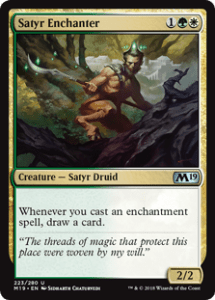
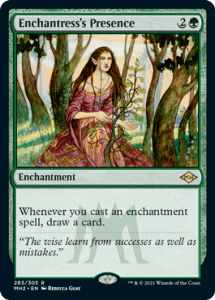
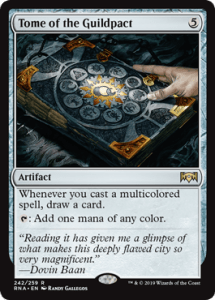
Satyr Enchanter and Enchantress's Presence draw you cards each time you play an enchantment. You’re running a ton of enchantments and enchantment creatures, so these are likely to draw you a card every time you play another one. Your multi-colored cards also let Tome of the Guildpact draw you a lot of cards.
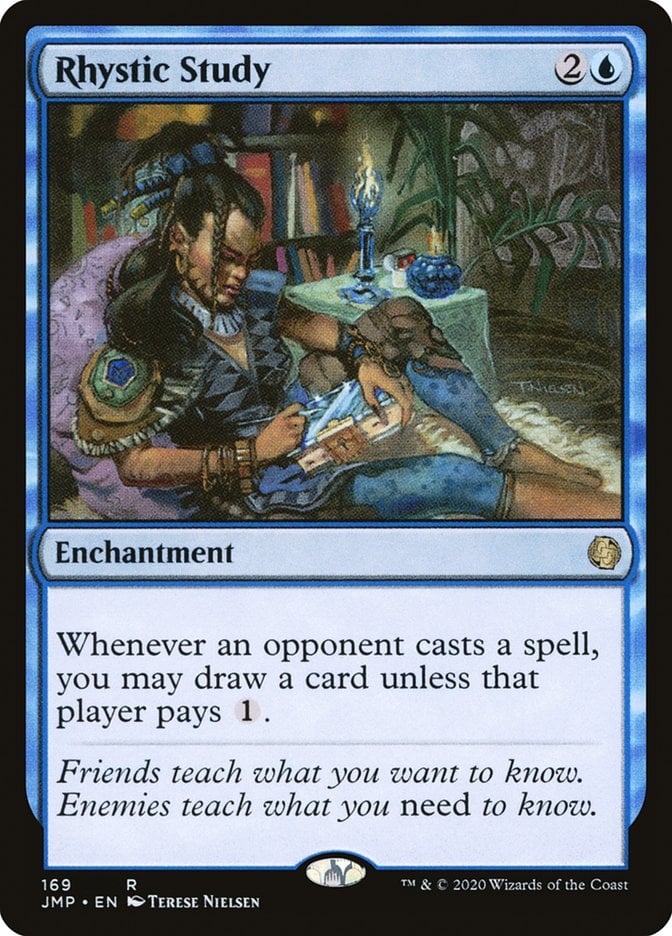
Rhystic Study is always great for drawing some cards in Commander, though your opponents will likely remove it once they get annoyed of you asking if they’ll pay the .
Protection
A ton of your permanents have built-in protection by being indestructible.
You can make them even more difficult to remove by giving them hexproof with Privileged Position. You can also give your many enchantments and enchantment creatures shroud with Sterling Grove. The only tool your opponents could have that would get around all of this is a board wipe that exiles nonland permanents.
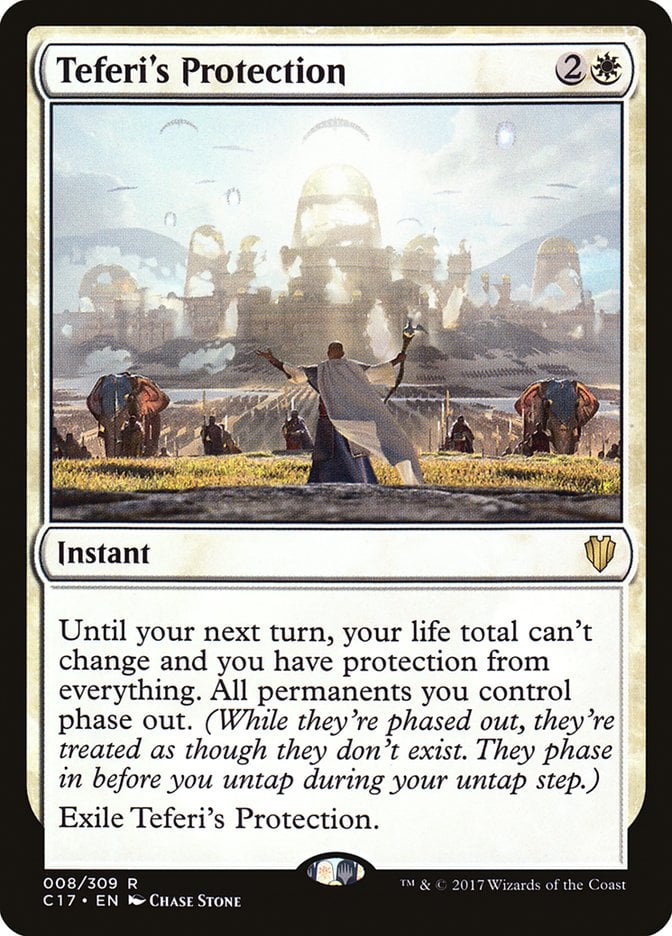
In the rare event your opponent can wipe all your permanents, or if you’re in danger of dying to an attack, you can use Teferi's Protection to stay alive and get at least one more turn.
Targeted Removal
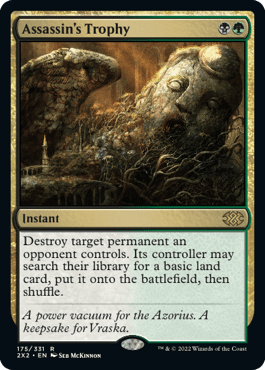
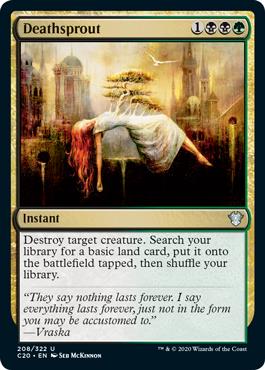
You have access to all the best removal options in the game thanks to running all five colors. Multi-colored spells like Assassin's Trophy and Deathsprout work with Niv-Mizzet Reborn’s triggered ability, so they’re a good place to focus.
Despark and Anguished Unmaking are great ways to take out difficult-to-remove permanents like those with indestructible.

Decimate is a great removal spell, but it has a potential downside. If your opponents don’t control each of the types of permanents it hits, you’ll have to destroy one of your own. It’s not as bad when many of your permanents have indestructible and can soak up the Decimate target.
One-Sided Board Wipes
Board wipes are usually a reset or a way to catch up if you’re behind. In this deck, you have so many indestructible permanents that these wipes become largely one-sided.
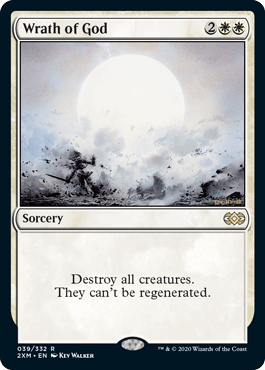
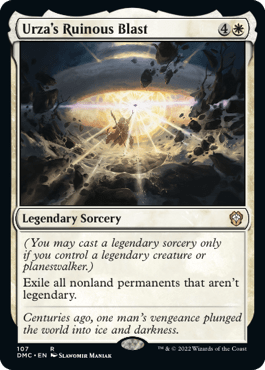
Cards like Wrath of God can’t destroy most of your god cards and Urza's Ruinous Blast will ignore them while exiling your opponent’s non-legendary permanents.
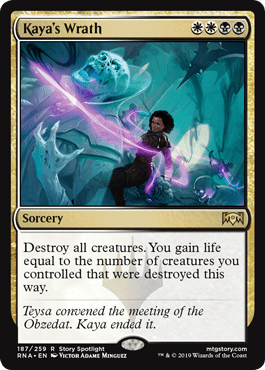
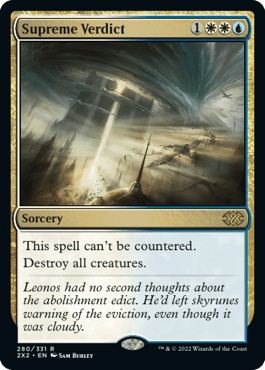
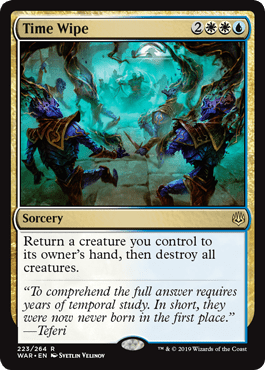
Kaya's Wrath and Supreme Verdict are even better because you can get them with Niv-Mizzet Reborn’s ability. The same can be said for Time Wipe, which has the added benefit of allowing you to return a creature to your hand. It can also return Niv-Mizzet Reborn to your hand and allow you to reuse his powerful ETB effect.
The Mana Base
The mana base for a five-color deck is always very important. You need to have access to all the colors, but you also need the right amount of each individual color. For this deck, I included fetchable dual lands in the form of shock lands for each color pair.

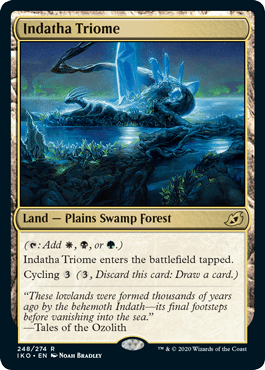
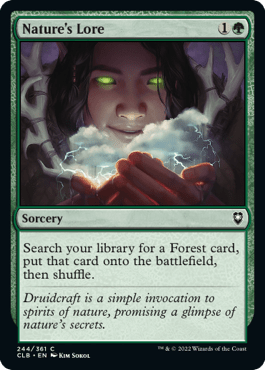
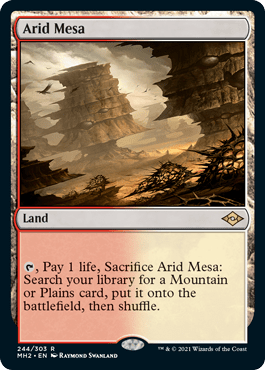
Triomes with Forest types like Zagoth Triome and Indatha Triome are included because cards like Nature's Lore can search these up. Fetch lands like Arid Mesa allow you to search up a shock land or triome.
Dual lands like Sea of Clouds and Training Center (which enter untapped for most of a Commander game) are especially useful when you need access to all colors.

The World Tree is great for any five-color deck because it allows your lands to tap for any color once you control six or more. This land is even more powerful in this deck because of the number of gods you have. If you manage to activate The World Tree’s ability, you’ll be able to drop almost every creature in your deck onto the field. Thanks to Purphoros, Bronze-Blooded giving all of your other creatures haste, activating The World Tree can be a game-winning move.

There are also a few lands that are meant to synergize with this deck specifically. Hall of Heliod's Generosity can help you to get some of your enchantments back from the graveyard.

Tyrite Sanctum allows you to buff one of your creatures or to protect a god card that doesn’t already have indestructible.
This deck also has some powerful mana dorks. Bloom Tender and Faeburrow Elder help you to produce extra mana, and both can end up tapping for a lot depending on the number of colors you have on the battlefield.
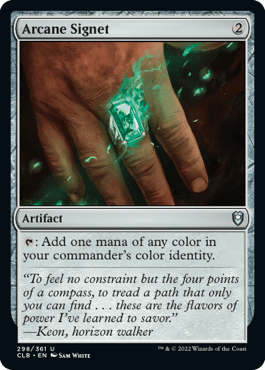

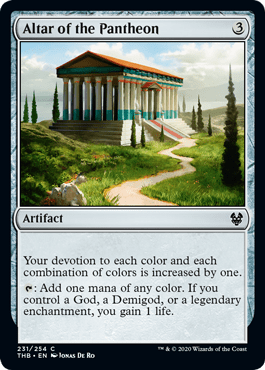
This deck focuses on mana rocks that produce mana of any color and ones that can help with mana fixing. Arcane Signet and Tome of the Guildpact can both tap for any color. Altar of the Pantheon can also tap for any color and makes it easier to get your gods to be creatures.
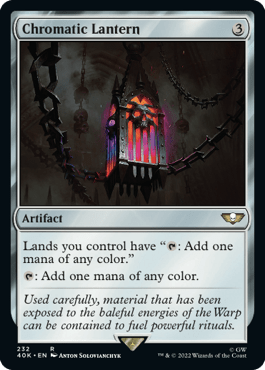
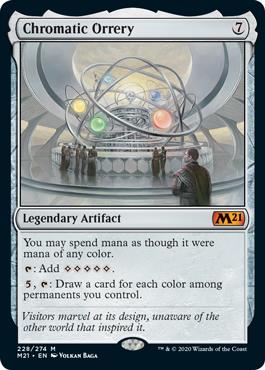

Chromatic Lantern and Chromatic Orrery allow you access to every color of mana not just on themselves but in general. Chromatic Orrery and Tome of the Guildpact are also great ways to draw some extra cards.
Though they don’t produce mana themselves, Prismatic Omen and Dryad of the Ilysian Grove allow your lands to tap for mana of any color.
The Strategy
You aren’t tied down to one specific way to win with a deck like this. The creatures and enchantments are versatile, so your strategy depends more on which cards you happen to have access to in a given game. If you draw into The Locust God, you can lean heavily on your card draw engines like Setessan Champion, Satyr Enchanter, or Ephara, God of the Polis.
If you start off with early cards like Heliod, God of the Sun or General Ferrous Rokiric, you can try to build up an army of token creatures and buff them with something like Purphoros, God of the Forge’s activated ability.
Some players might be uncomfortable with this sort of loose, play-as-you-go type strategy, but I find it very exciting. It’s fun to have a deck where the strategy isn’t the same each time you play. If you’re looking for a reliable endgame from this deck, there’s an option.
A big board full of gods is a good way to build because it gives you a lot of options of which way to adapt your strategy, whether you’re hard casting them or cheating them in with something like The World Tree or The Prismatic Bridge. Board wipes aren’t as worrisome due to either indestructible or return-to-hand abilities. Starfield of Nyx can be used to mobilize your god creatures without worrying about devotion and give you access to a wealth of indestructible attackers and blockers. Once your board is big enough, you can confidently start swinging at your opponents.
Combos and Interactions
One of the best interactions in this deck is between Niv-Mizzet Reborn and Thassa, Deep-Dwelling because it allows you to get up to 10 extra cards at the end of each turn. You can do this at your will, so you don’t have to if you’re worried about overfilling your hand. Purphoros, God of the Forge also interacts well with Thassa, Deep-Dwelling because it deals two damage at the end of each of your turns when the card exiled with Thassa returns.
Another powerful interaction in this deck combines Privileged Position with Sterling Grove. With both on the field, they're both impossible for your opponents to target. This makes it very difficult for your opponents to remove these or any of your enchantments.
Budget Options
The unfortunate part about this deck’s price is that it’s like a death by a thousand cuts. There aren’t too many expensive cards that you can cut to quickly drop the price, rather a lot of cards that total a high price tag. Still, there are ways to help this deck’s price more manageable.
Cyclonic Rift is one of the more expensive cards in the deck and might be unnecessary. You could also replace it with a card like In Garruk's Wake. It’s harder to play, but it’s much less expensive.
Some of the fetch lands and shock lands in this deck can be costly. Blood Crypt is nearly $20. You could easily replace some shock lands with the Crimson Vow and Midnight Hunt slow lands like Haunted Ridge.
You can also replace powerful game pieces like Rhystic Study and Smothering Tithe with some cheaper cards like Mystic Remora and Trove of Temptation, respectively.
Other Builds
Niv-Mizzet Reborn is versatile, so there are lots of options to build this deck. If you prefer planeswalkers to gods, you can make a superfriends style deck. These decks are a lot of fun and similar with the playstyle variety each time you play.
Some cards like Esika, God of the Tree can stick around because they’re equally as helpful in this deck. You’ll want to add superfriends staples like Carth the Lion, Oath of Teferi, and Brokers Ascendancy. The strategy would be to create an overwhelming number of effects that you can activate each turn to deal with threats and to drop some protection in the form of tokens created by walkers like Garruk, Cursed Huntsman or Elspeth, Sun's Champion.
You’d ultimately want to build up to game-winning ultimate abilities like that of Nicol Bolas, Dragon-God. You can get there quicker with Doubling Season and Vorinclex, Monstrous Raider.
Niv-Mizzet Reborn can also work with popular archetypes like Gate decks using Maze's End or dragon tribal decks. Whichever way you take it, make sure you’re including a decent number of cards representing two-color pairings to make the most out of Niv-Mizzet Reborn’s ETB effect.
Commanding Conclusion
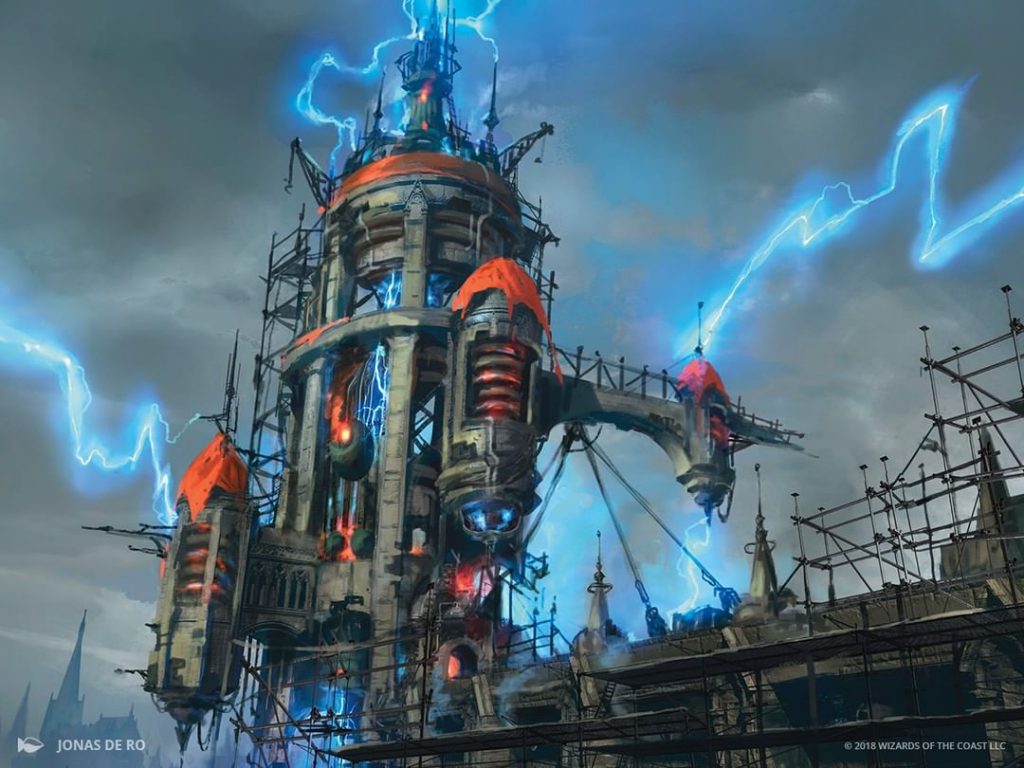
Steam Vents | Illustration by Jonas De Ro
Niv-Mizzet Reborn is a versatile commander, so you can take him in a lot of different directions. If you choose to go god tribal, I’d encourage you to try out this build. You can always mix in your favorite god cards, especially since there are a lot of fun ones from Kaldheim that I didn’t include.
What do you think of god tribal? What other god cards would you use? Do you have your own Niv-Mizzet Reborn deck with a different theme? Let me know in the comments below, or over on the Draftsim Twitter.
I hope this deck pairs well with your strategy and I look forward to seeing you on the next one!
Follow Draftsim for awesome articles and set updates: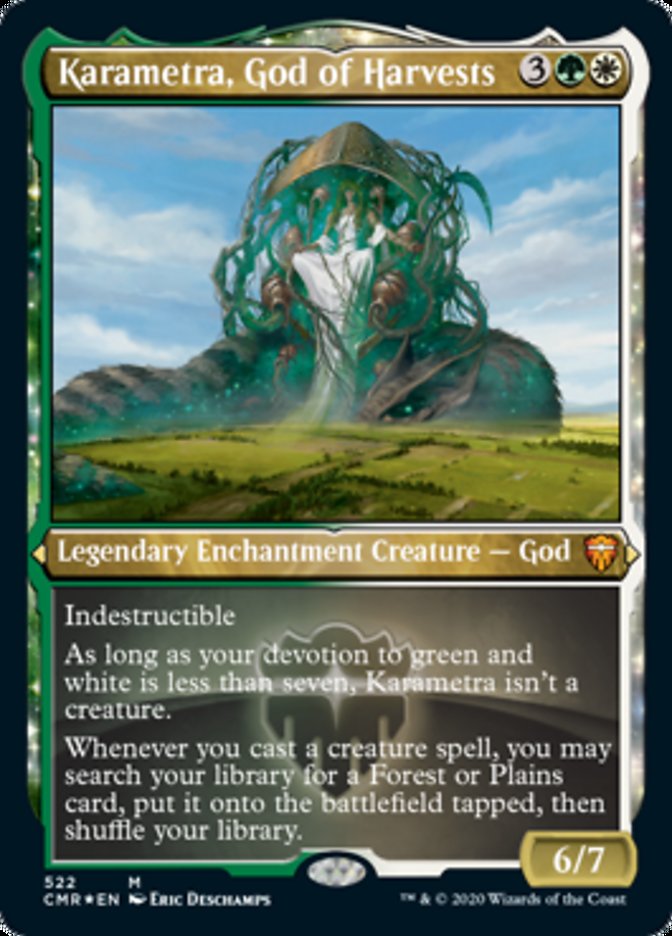
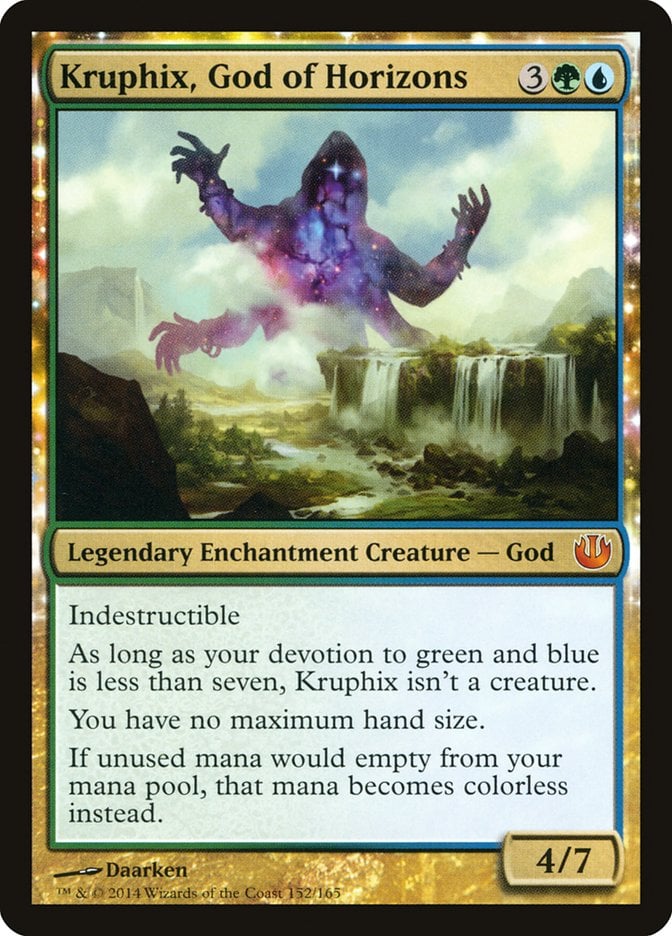
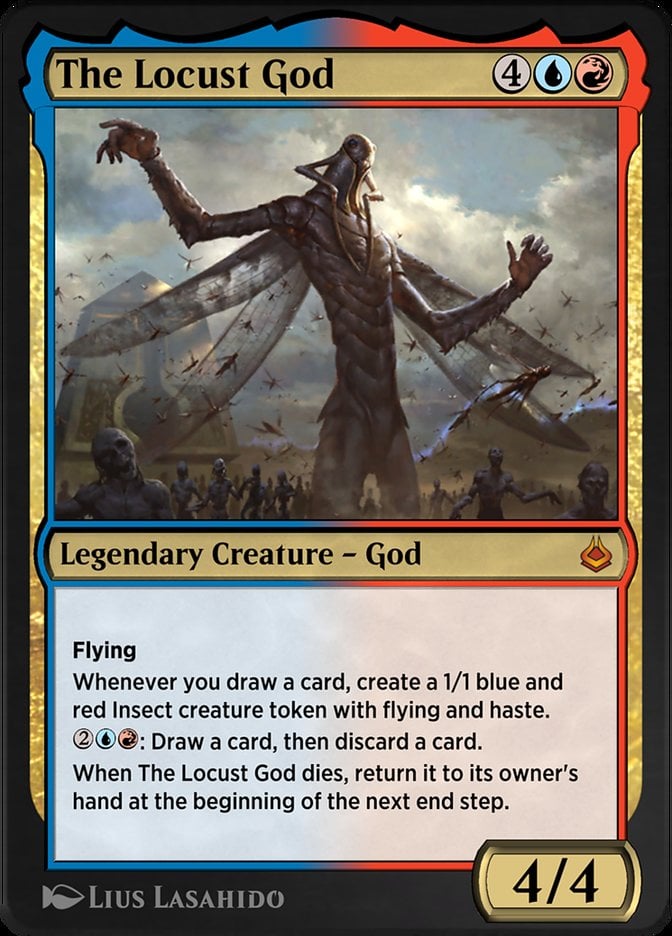
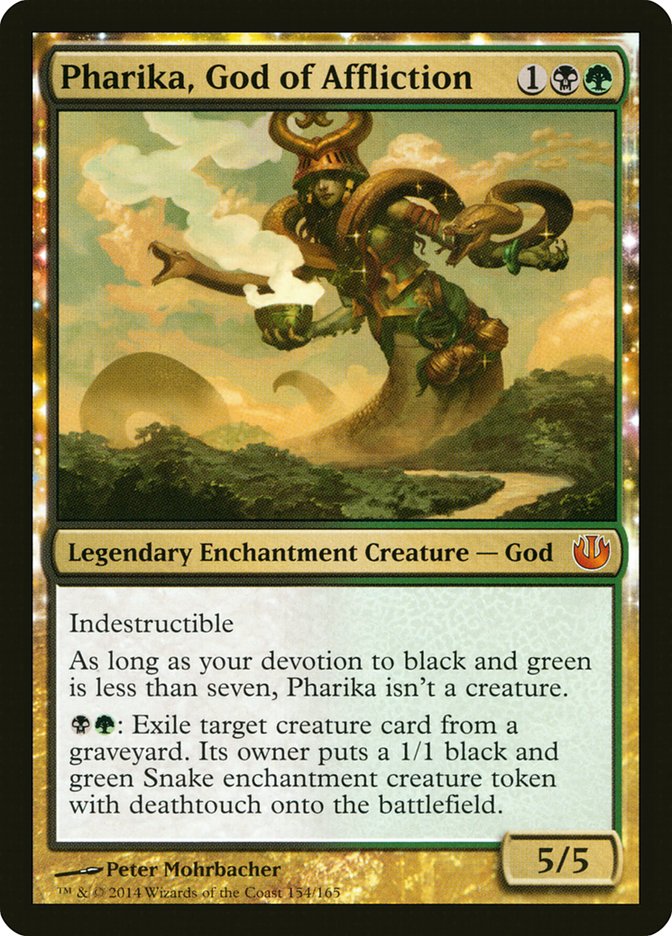

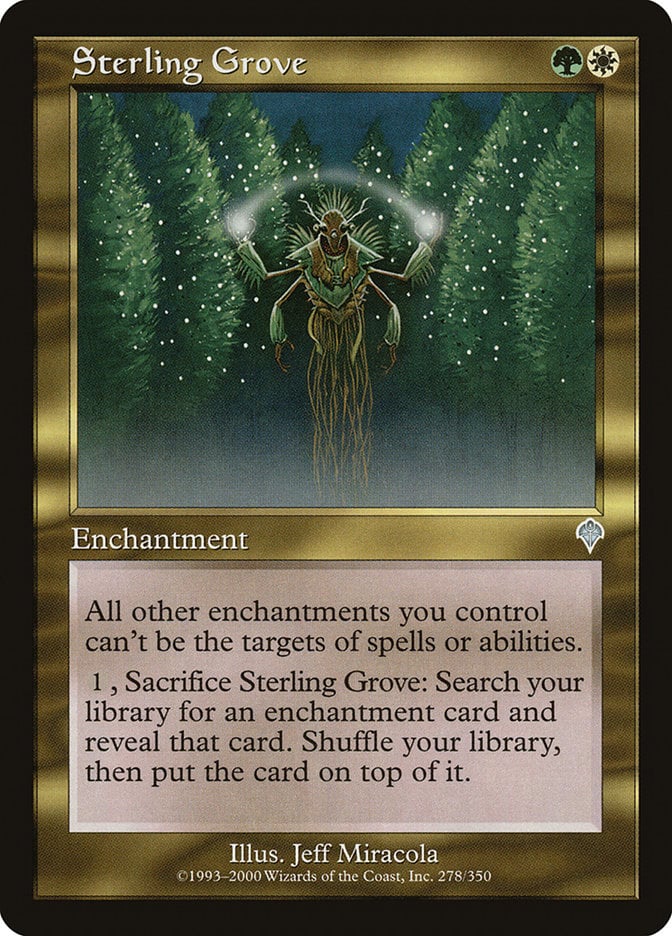

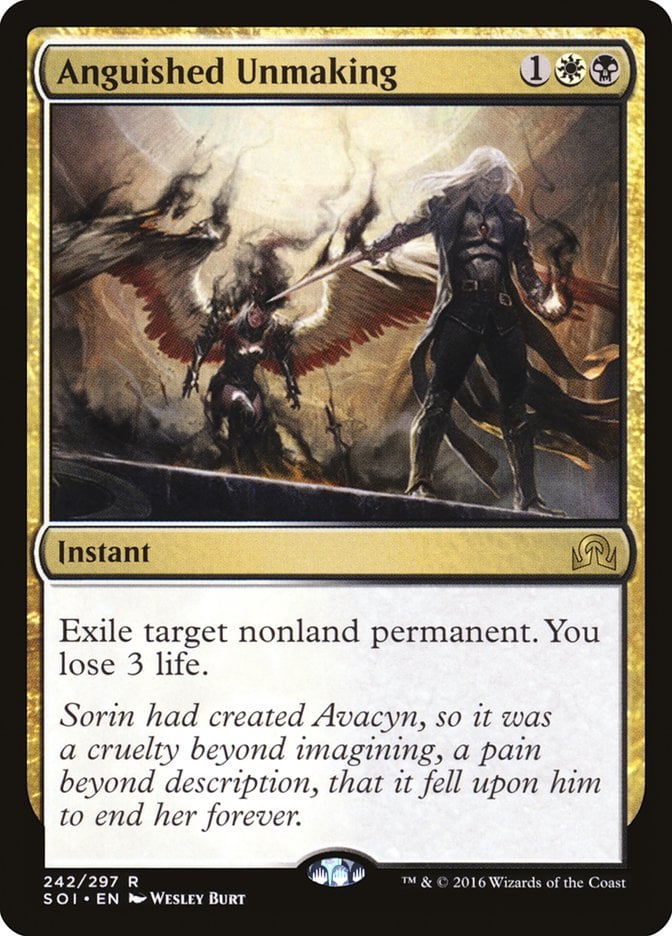
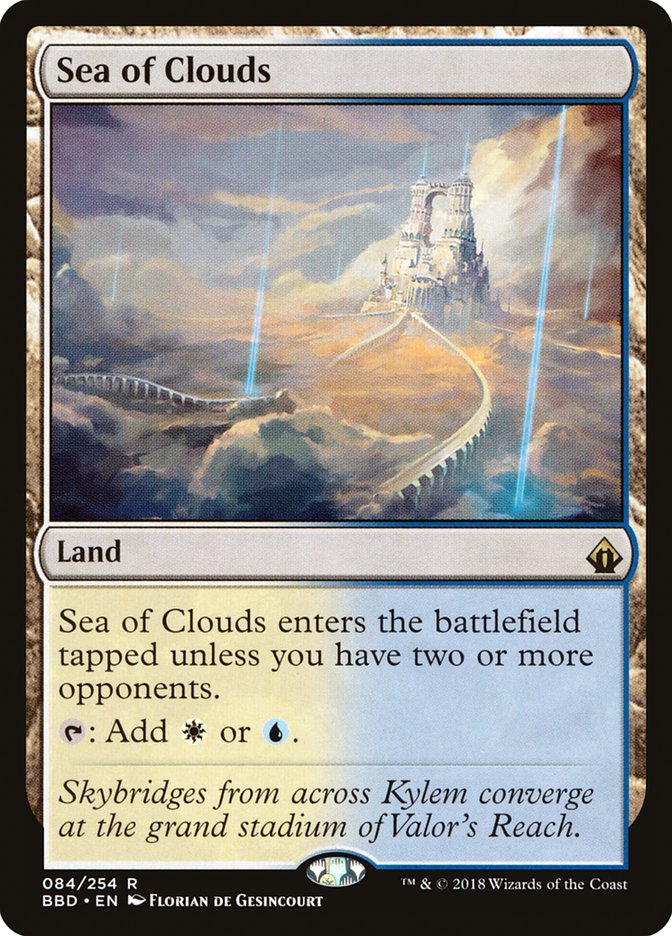
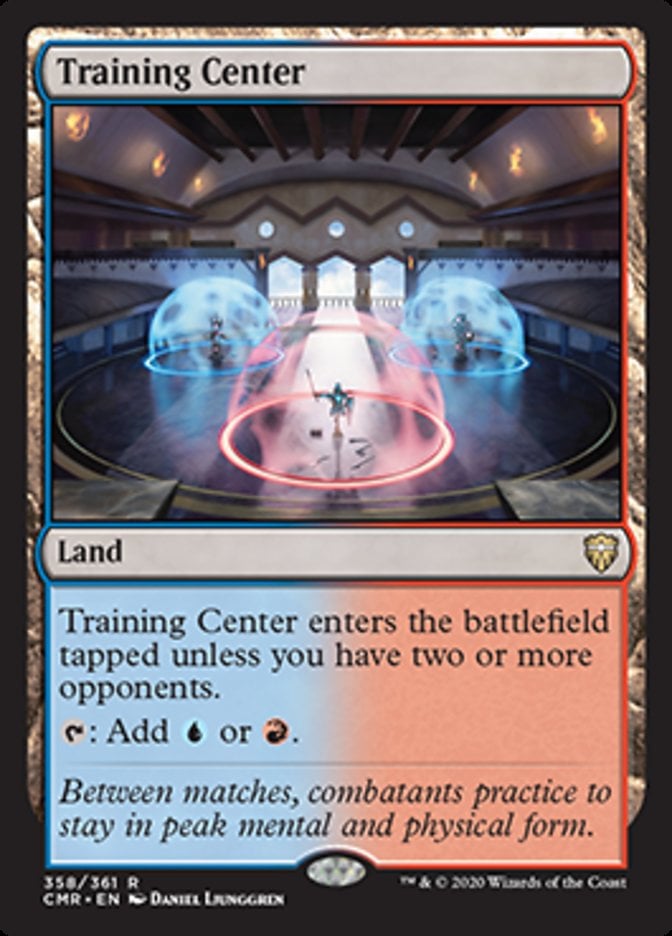
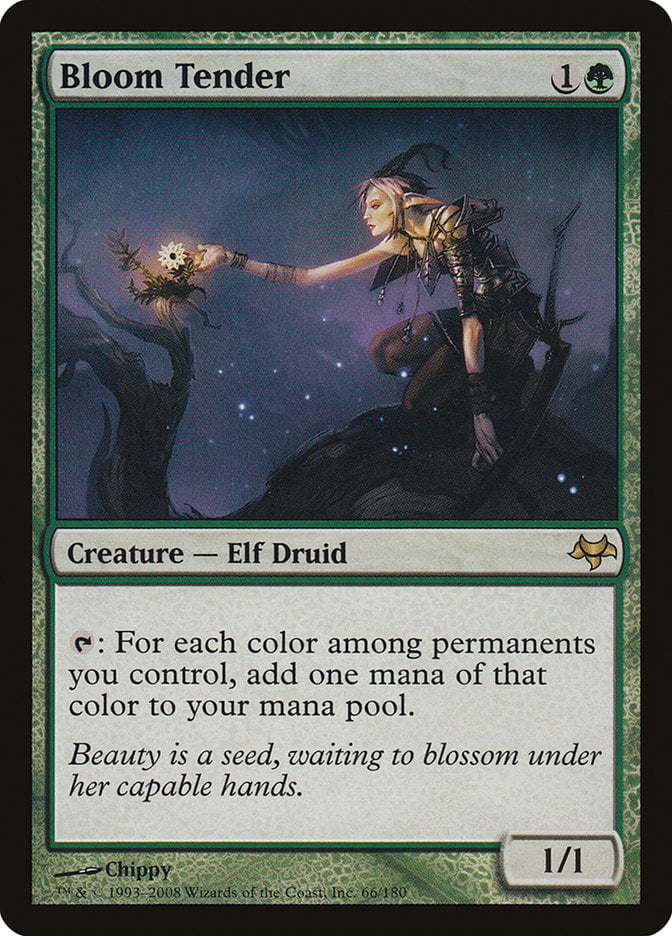
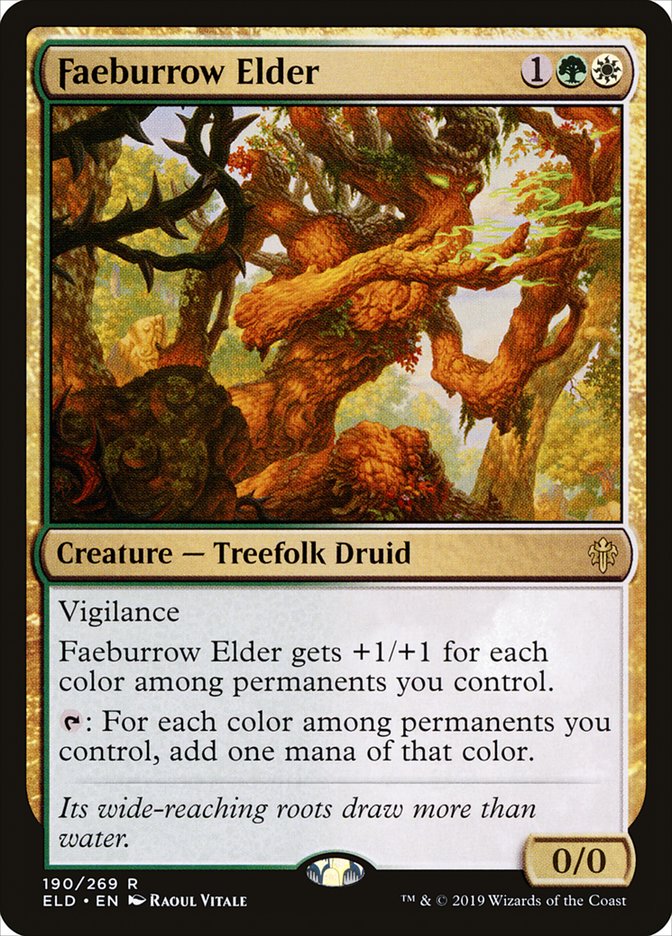
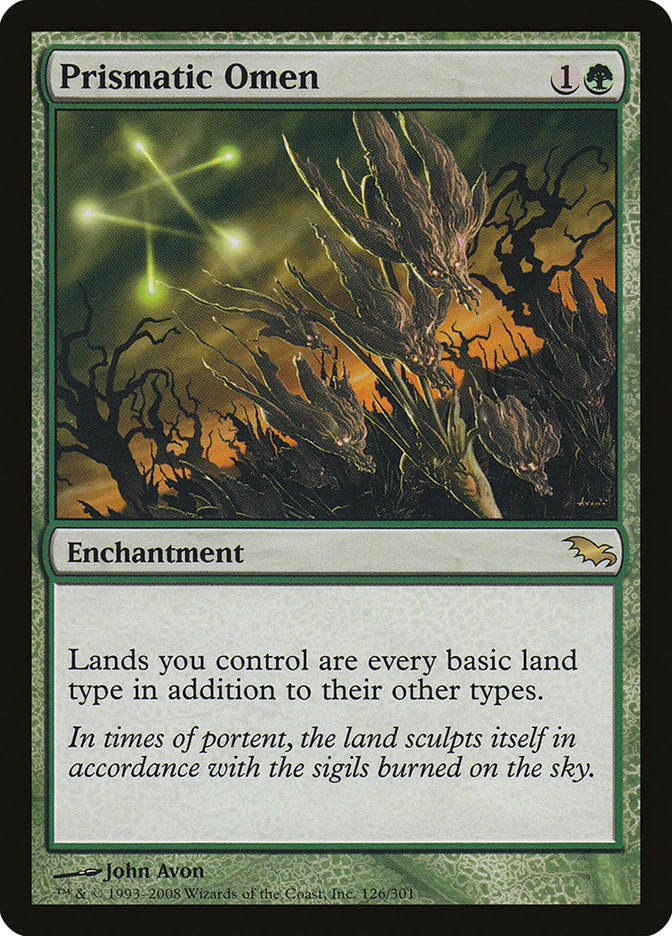
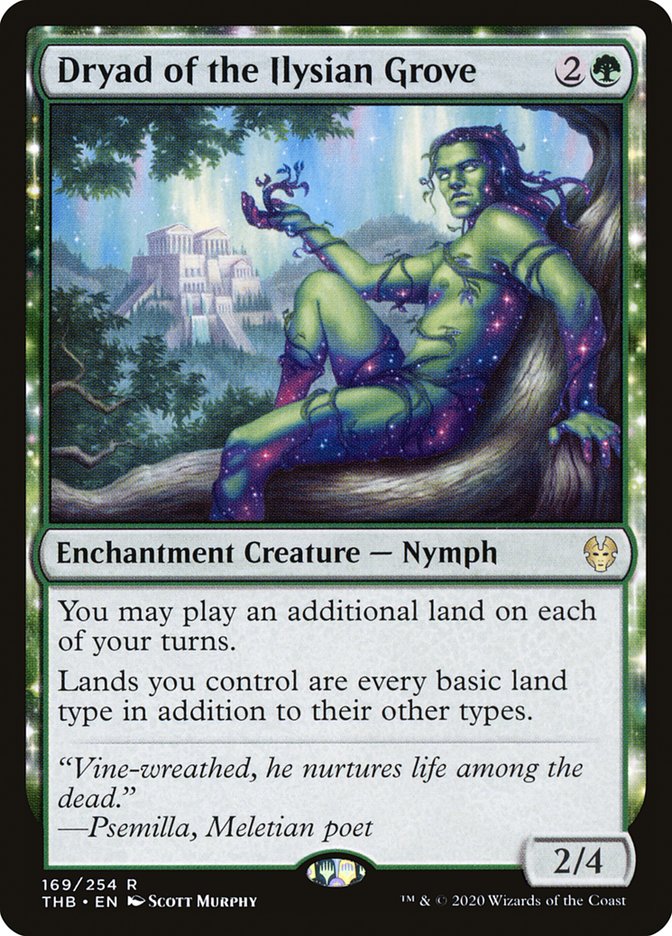

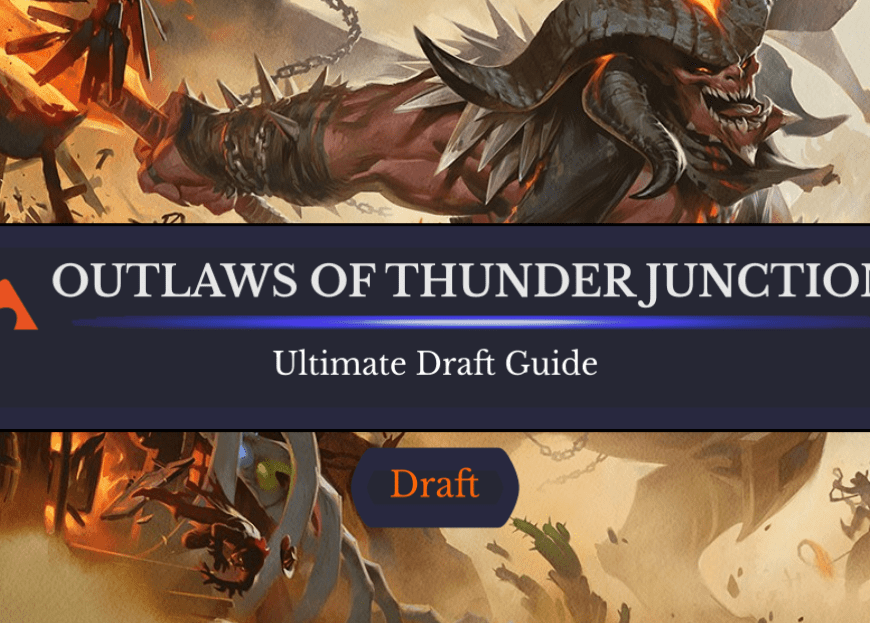
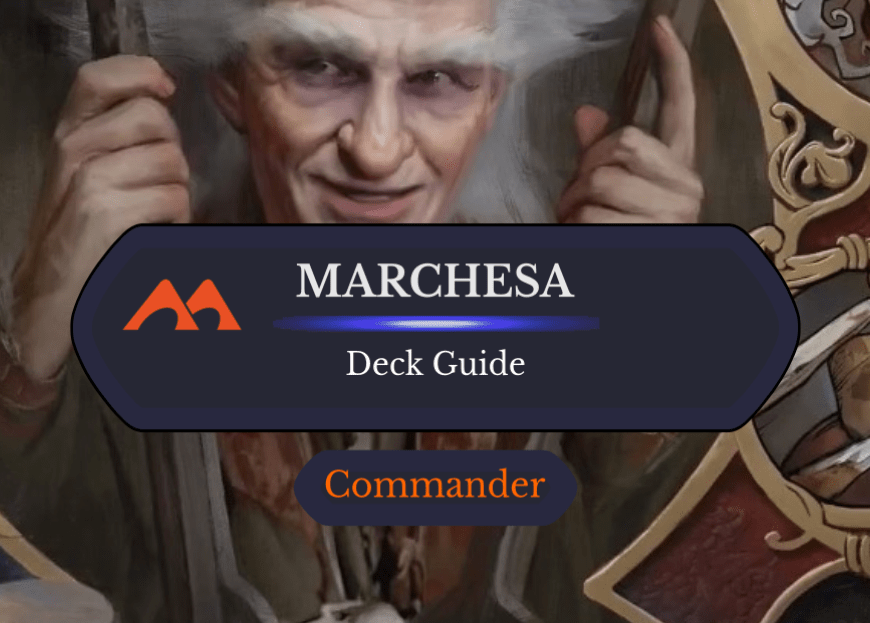
Add Comment